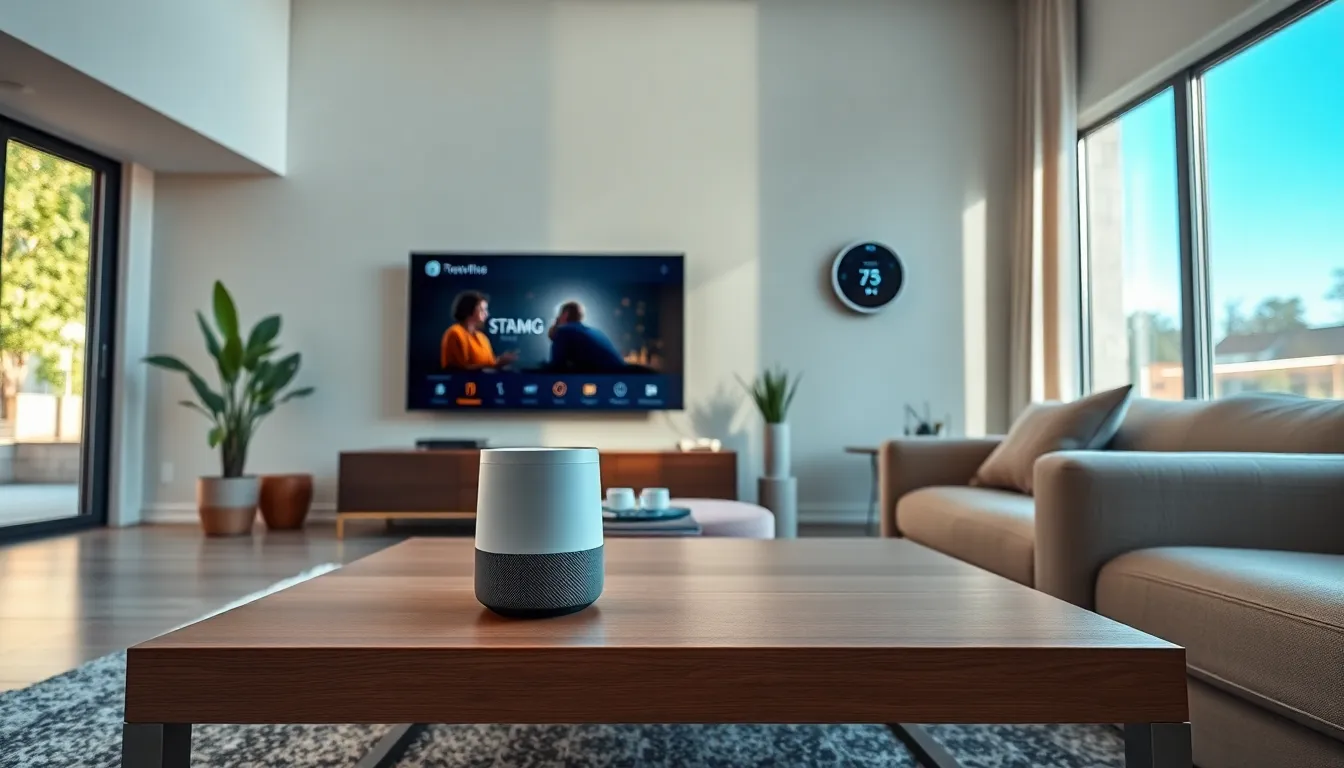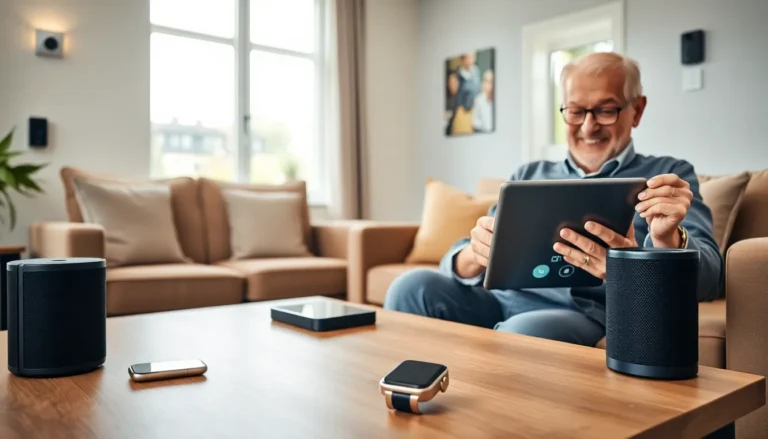Imagine a world where your coffee brews itself, your thermostat adjusts to your favorite temperature before you even step inside, and the lights dim perfectly as you settle in for movie night. Welcome to the age of Internet of Things (IoT) automation. If you think that sounds like the backdrop of a sci-fi film, think again. IoT automation is not just a buzzword: it’s transforming how we live, work, and play. In this text, we’ll dive deep into this fascinating technology, explore its components, challenges, real-world applications, and peek into the future. Buckle up.
Table of Contents
ToggleUnderstanding Internet Of Things (IoT)

What Is IoT Automation?
The Internet of Things, or IoT, refers to the interconnection of everyday devices to the internet, enabling them to send and receive data. IoT automation takes this a step further. It allows those devices to not only communicate with each other but also to make intelligent decisions based on data analysis.
Think about it: your smart refrigerator could alert you when you’re out of milk and even suggest recipes based on the ingredients you have left. This automation doesn’t just happen: it’s a complex web of sensors, software, and networks that create a symphony of efficiency and convenience in everyday life.
Key Components of IoT Automation
Benefits of IoT Automation
The benefits of IoT automation are myriad, extending across industries and personal spaces. For starters, consider efficiency. Automated systems can reduce manual tasks, freeing up your precious time. In a business context, this translates into improved productivity and resource management.
Cost reduction is another significant advantage. For instance, IoT devices can optimize energy consumption, saving dollars on utility bills. Also, with continuous monitoring of systems, potential failures can be detected before they escalate, minimizing downtime and repair costs.
Finally, enhanced user experiences cannot be overlooked. The ability to personalize services, like tailored recommendations on streaming platforms or customized climate control in smart buildings, adds comfort and satisfaction to daily life.
Challenges and Considerations
Security Concerns
Even though its potential, IoT automation isn’t without challenges. Security is a paramount concern. With numerous interconnected devices, the risk of cyberattacks increases. Hackers can exploit vulnerabilities in devices, leading to unauthorized access to networks and potentially compromising sensitive information.
Scalability and Integration Issues
Scalability also poses a challenge. As new devices are added to an IoT ecosystem, ensuring seamless integration becomes complicated. Not all devices communicate effectively, resulting in inefficiencies and redundancy. Also, businesses need to invest in infrastructure capable of supporting an ever-growing network, which can be daunting and costly.
Use Cases of IoT Automation
Smart Homes and Buildings
One of the most visible applications is in smart homes. Imagine automatic lighting, climate control, and even smart appliances all working harmoniously. Homeowners can control these devices remotely through apps, enhancing convenience and safety.
Industrial Automation
In industrial settings, IoT automation is game-changing. Sensors on machinery can monitor performance in real-time, predict maintenance needs, and optimize manufacturing processes. This results in significant efficiency gains and cost savings for companies.
Healthcare Applications
Healthcare is another critical area benefiting from IoT automation. Wearable devices can monitor vital signs and alert healthcare professionals to any anomalies. This technology not only improves patient outcomes but also allows for more personalized treatment plans.
Future Trends in IoT Automation
As we look to the future, several trends are likely to shape IoT automation. Artificial intelligence (AI) will play a pivotal role in enhancing the decision-making capabilities of automated systems. With AI, devices will become smarter, learning from past experiences and adapting to new situations on their own.
Edge computing will also rise in prominence, enabling data processing closer to the source rather than relying on centralized cloud servers. This shift will reduce latency and improve response times, which is critical for real-time applications, especially in sectors like healthcare and autonomous vehicles.





